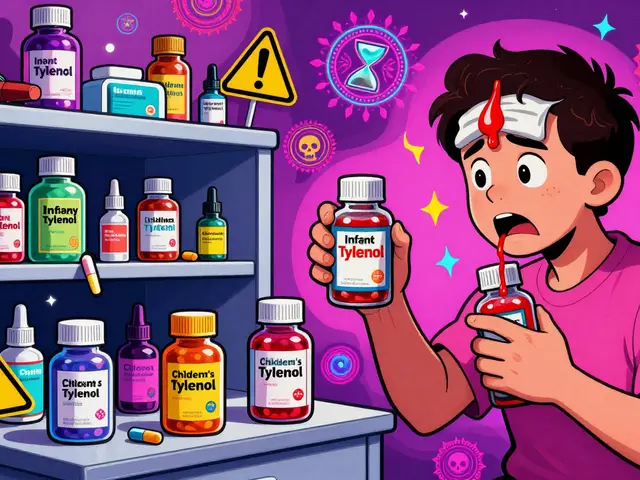Fluticasone — What It Does and How to Use It Safely
Fluticasone is a steroid medicine used mainly as a nasal spray or inhaler to control allergy and asthma symptoms. It reduces inflammation in the nose and lungs so sneezing, congestion, wheeze and cough happen less often. Unlike antihistamines, it treats the inflammation that causes symptoms, not only the immediate itch.
Which forms?
Fluticasone comes as a nasal spray for hay fever and chronic rhinitis, and as an inhaler for asthma and COPD. The nasal spray often starts working within a day but full benefit can take a week. The inhaler helps prevent flare-ups when used daily; it’s not for sudden breathing attacks. Your doctor will pick the right form and dose for your age and condition.
How to use it. Shake the inhaler if instructed, prime it before first use, and use a spacer if your child struggles with coordination. For nasal spray, blow your nose, tilt your head slightly forward, insert the nozzle, press and breathe in gently. Use exactly the dose your prescriber set and don’t stop suddenly without checking with them. Stopping overnight can bring symptoms back.
Possible side effects.
Common ones are nasal dryness, sore throat, hoarseness, mild cough, or a bitter taste. Nasal sprays can sometimes cause nosebleeds. Serious side effects are rare but may include eye pressure increase or reduced growth in children with long-term high doses. Let your doctor know if you have frequent infections, vision changes, or unexplained weight loss.
Tips to use it well. Rinse your mouth after using the inhaler to lower the chance of thrush. For nasal sprays, aim away from the nasal septum to reduce bleeding risk. Keep a symptom diary for two weeks to see if it’s helping. If you need rescue inhalers more often than normal, call your doctor — your preventer dose may need adjusting.
Who should be cautious. Tell your clinician if you have recent nasal surgery, untreated infections, glaucoma, osteoporosis, or if you’re pregnant or breastfeeding. People on multiple steroid medicines may need monitoring for adrenal suppression. Also mention any live vaccines planned for children on high doses.
When to seek help. If breathing suddenly worsens, you have severe dizziness, vision problems, or severe allergic reactions like swelling or difficulty breathing, get urgent medical care. For ongoing concerns such as poor symptom control or side effects, schedule a review and ask about dose changes or alternatives.
Storing and refills: keep inhalers and sprays at room temperature, away from heat and sunlight. Check expiration dates and don’t use damaged devices. If symptoms return before your next refill, talk to your doctor about stepping up therapy instead of raising your dose on your own. Children on steroids long term may need growth checks during regular visits. Most people do well on fluticasone and see fewer flare-ups.
Want to learn more? Talk to your pharmacist about correct technique and common interactions. If you read online, stick to reputable sources or official product leaflets. Proper use of fluticasone gives a lot of relief with low risk when handled right.
9 Alternatives to Prelone: Exploring Options in 2025
In the search for effective treatments, exploring alternatives to Prelone in 2025 is crucial for folks dealing with asthma and inflammatory conditions. This article breaks down nine options, highlighting their benefits and drawbacks. Understanding these alternatives helps in making informed decisions, ensuring tailored and effective care. Each option's pros and cons are considered, offering practical insights into modern treatments.





